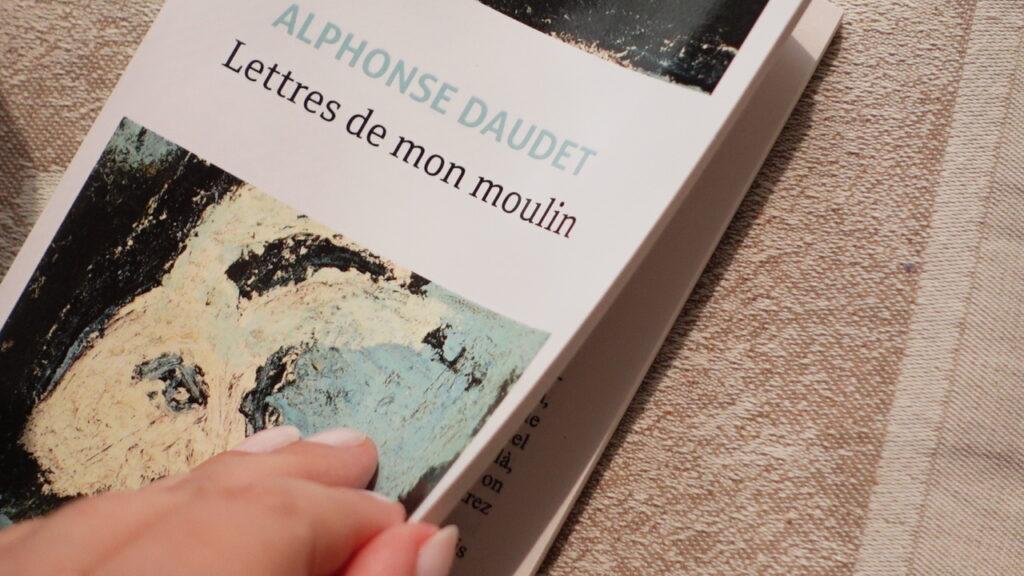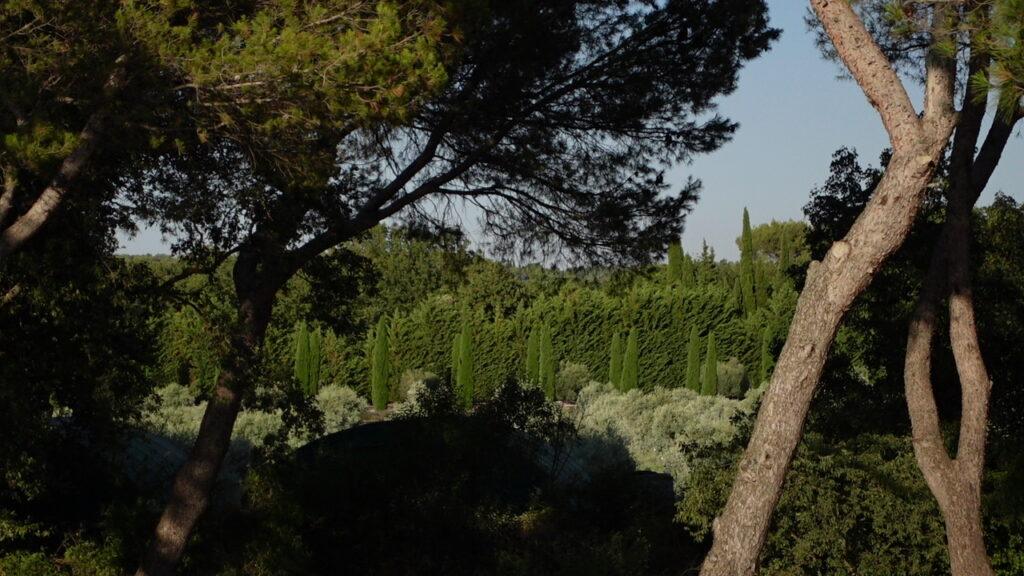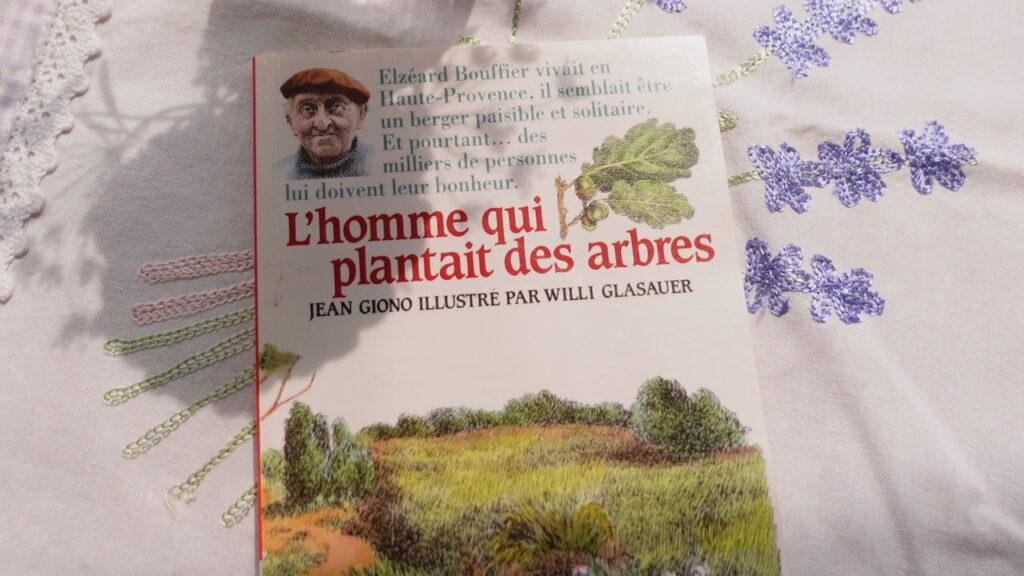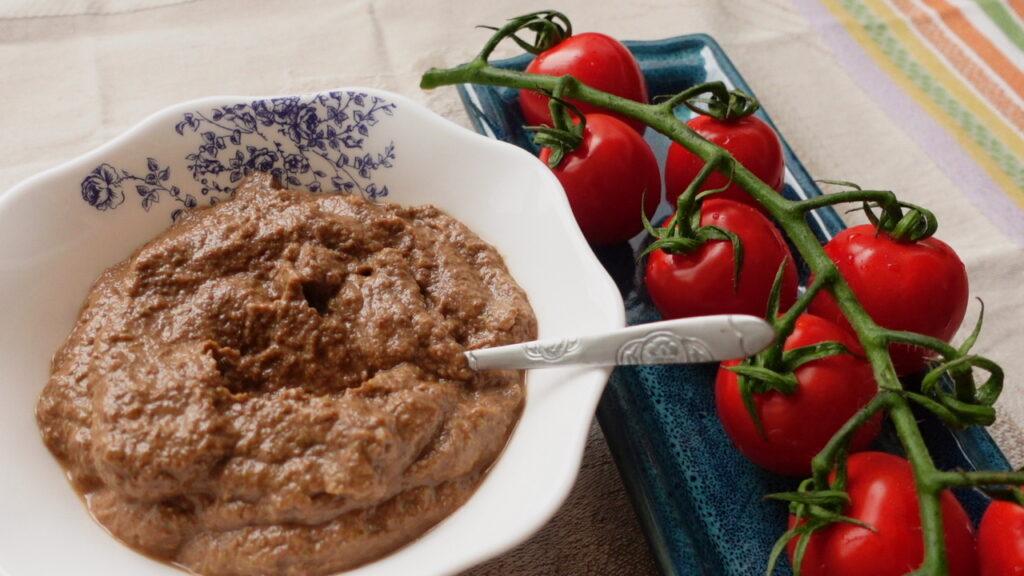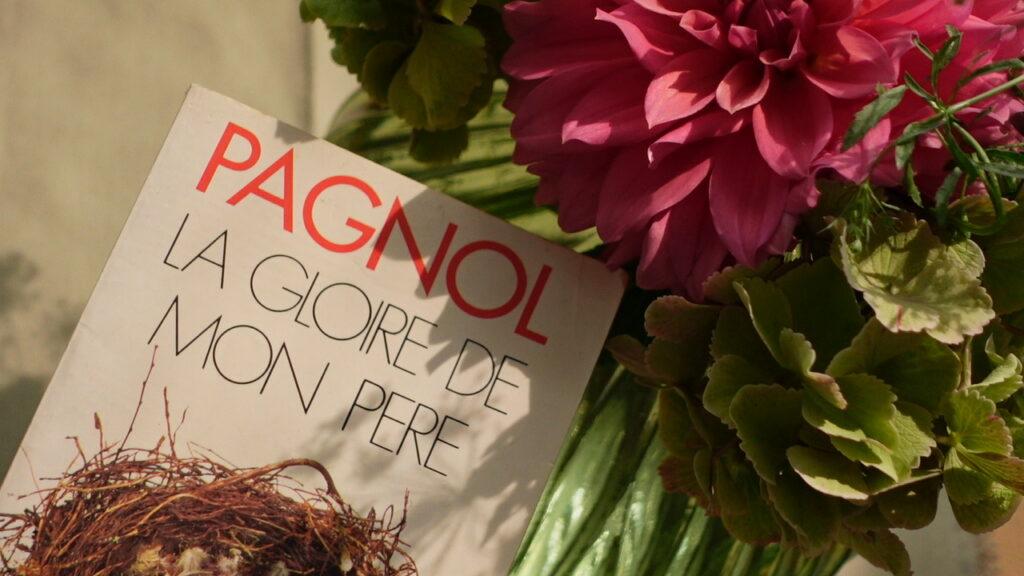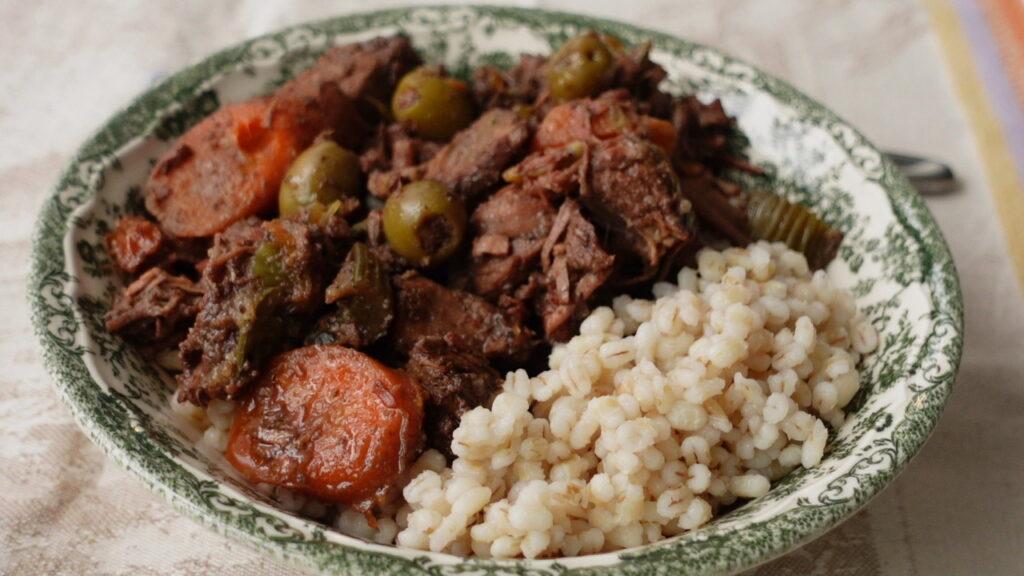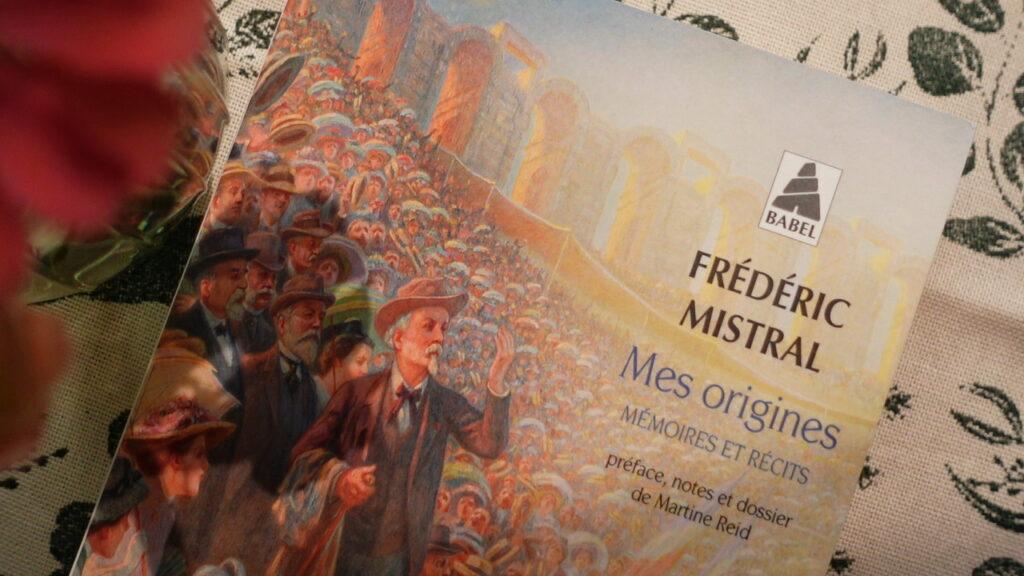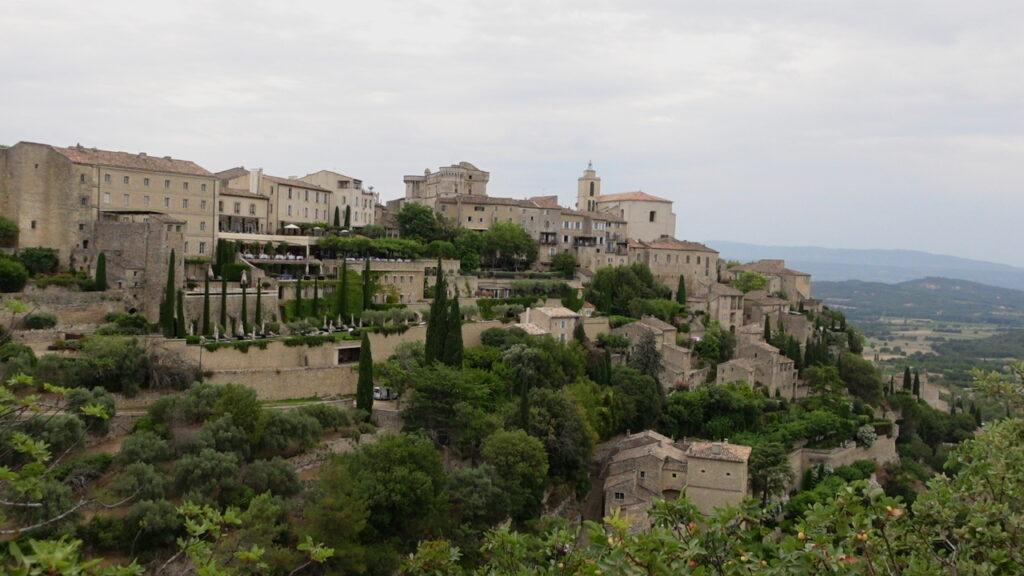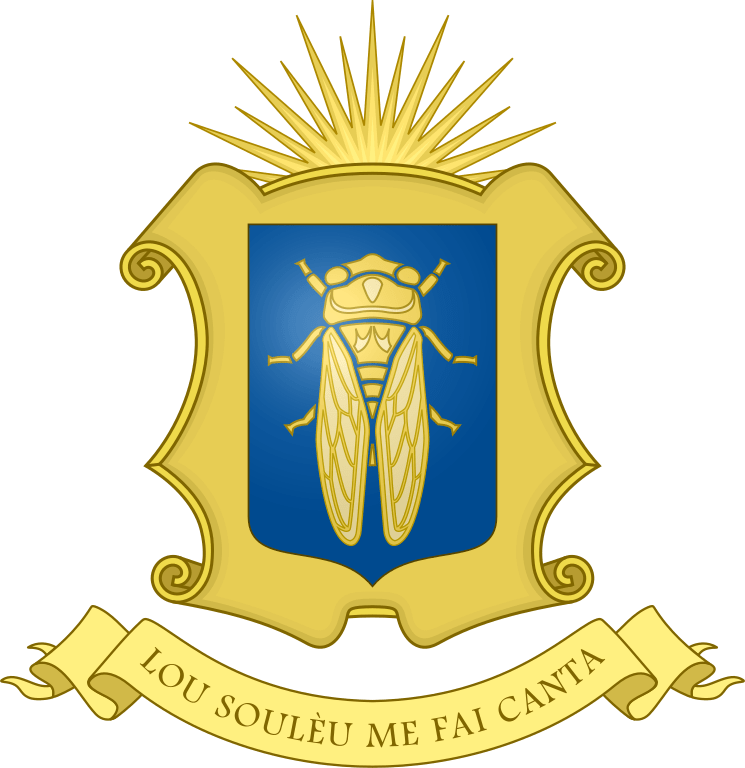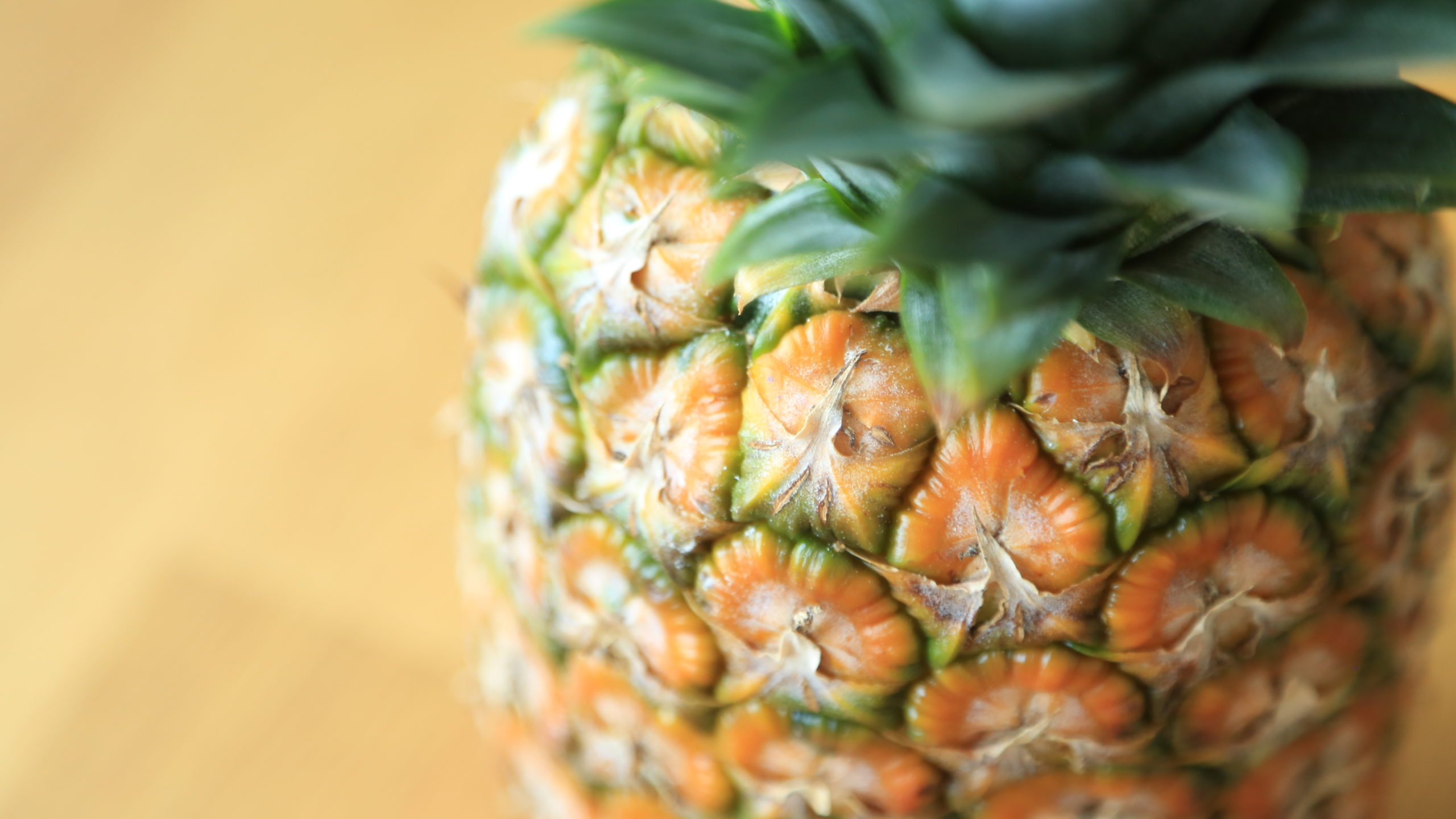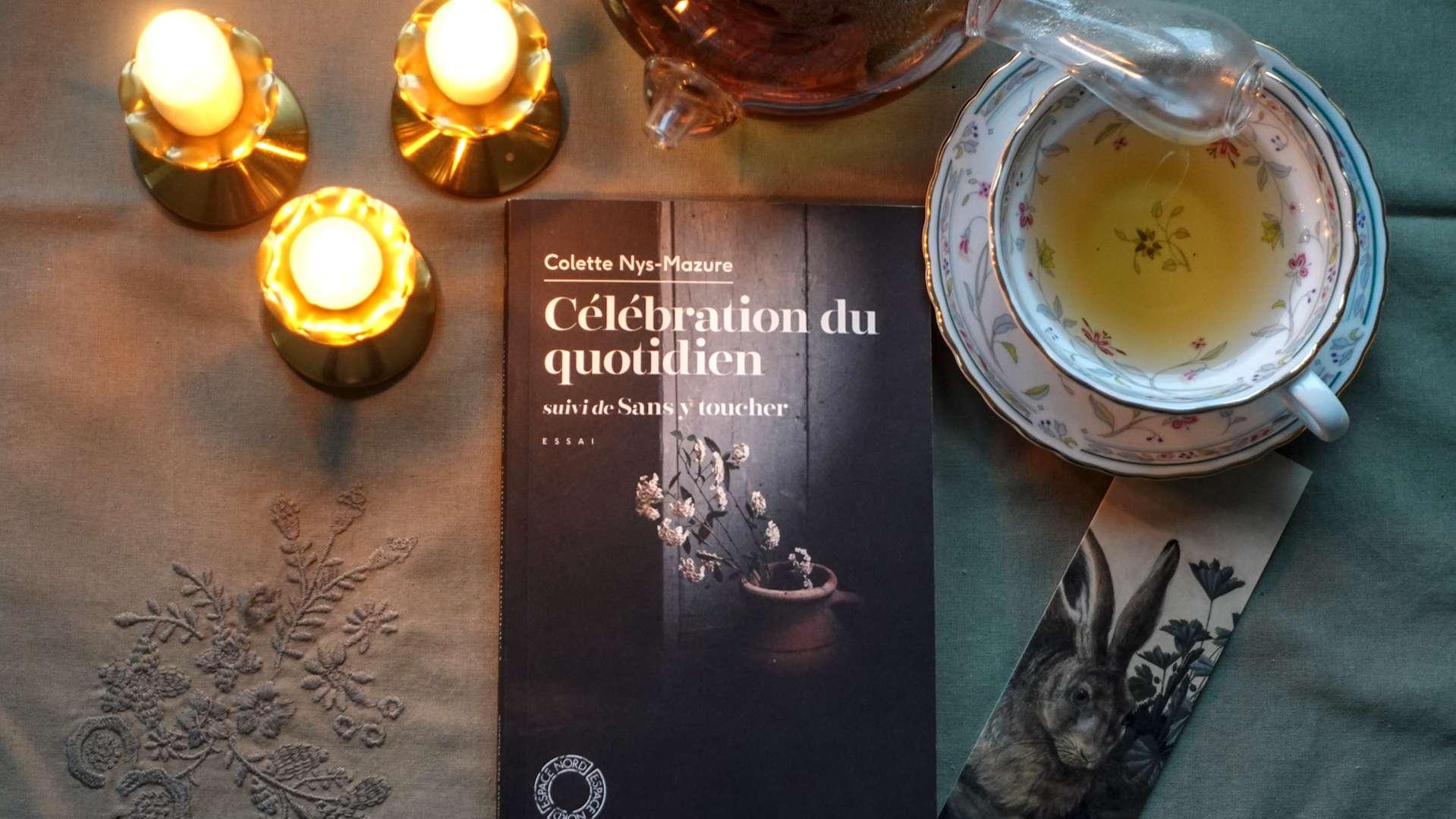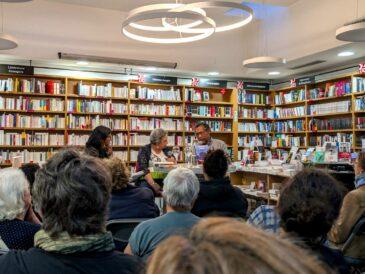Bienvenue en Provence ! Welcome friends, to my travel and reading log of this summer’s escape to the South of France, in what was for me, a dream come true.
After 20 years of building the picture of this world renowned region in my mind, I finally got to experience it first hand, and it was both just as I imagined, and completely surprising all at once.
I naturally had to start preparing for my trip with a good stack of books, something that reflected my curiosity for the classics and the contemporary alike, the deep rooted tradition of French literature, and the surprising view of foreign writers who felt inspired by the magic of the South.
Funnily enough, for someone who mentions quite often that re-reading is not my thing, I started off my Provençal adventure by revisiting the only reference I had on the subject : Alphonse Daudet’s 1869 collection of short stories Lettres de mon moulin, Letters from my Windmill.
I first read it as an adolescent, and always kept a fond memory of it as being the perfect summer French book. The second time around was even better. The 24 stories combine folk tales with travel impressions, told by the author in the first person, and addressed to an imaginary Parisian reader in need of better understanding what Provençal life is really all about. How can I not imagine him speaking directly to me ? With every chapter I felt closer and closer to the rhythm of the land, yet somewhat nostalgic that nothing would be quite like it once I got there. To my great surprise, 150 years had not changed the fundamentals : the kindness of the people, the rough yet fascinating beauty of the scenery, or the authentic taste of the produce. Everything was waiting for me, just as he describes it in the beginning of the book :
I am writing to you from my windmill, with the door wide open to the brilliant sunshine.
In front of me, a lovely, sparklingly lit, pine wood plunges down to the bottom of the hill. The nearest mountains, the Alpilles, are far away, their grand silhouettes pressing against the sky…. There was hardly a sound to be heard; a fading fife, a curlew calling amongst the lavender, and a tinkle of mules’ bells from somewhere along the track. The Provencal light really brings this beautiful landscape to life.
Alphonse Daudet, Letters from my windmill
You can find the book free in its English translation on The Project Gutenberg website, by clicking HERE.
We chose to base our exploration in the Lubéron National Park, a protected area located in the heart of Provence, where natural, cultural and human heritage are highly regarded and preserved. This allowed us to find an idyllic place to embrace the never ending soundtrack of the cicadas during the day… and bathe in the silence of the moonlight at night. The Lubéron has a very subtle, almost austere beauty to it. The land seems thirsty and the air is dry, and still, nature finds a way.
The great attachment to Provençal nature is what defines the works of the next author I discovered. Jean Giono is seen as one of the greatest promoters of Provence of the 20th century. Born and raised in the village of Manosque, he was a self-taught man, forced by family needs to leave school at the age of sixteen and get a job, he nevertheless continued to read voraciously, with an insatiable appetite for the great classics. The beginning of his writing career is marked by a strong bond to his home land, with an idealized version of Provençal nature and local peasants as protagonists. His novels are somewhat confusing for me, I must admit, mostly because of the writing, long phrases resembling a stream of consciousness style. But I have found great joy in one of his most internationally acclaimed works, the allegorical tale L’homme qui plantait des arbres /The Man Who Planted Trees, who tells the story of one shepherd’s long and successful single handed effort to re-forest a desolate valley in the foothills of the Alps, near Provence, throughout the first half of the 20th century.
“He’d been planting trees in the wilderness for 3 years. He’d planted a hundred thousand of them. Out of those, twenty thousand had come up. Of the twenty thousand he expected to lose half, because of rodents or the unpredictable ways of Providence. That still meant ten Thousand Oaks would grow where before there had been nothing.”
Jean Giono, The Man Who Planted Trees
With its translation into about 50 different languages, the story remains to this day an inspiration for ecological regeneration brought about by man and the harmony that can arise from that.
One of the greatest gifts that nature offers in Provence is olives, so I decided to learn how to make a classic dip to serve for the apéro, or evening drinks with friends : la tapenade. Invented in 1880 by a local chef in Marseille, the tapenade is traditionally a mix of black olives, capers and anchovies, blended with olive oil into a fine puree. As with most traditional recipes in France, in order to call it tapenade, you need to observe some strict proportions : 70% black olives, 3% capers and 0.5% anchovies, which I’m not convinced I did. However, I can report that 150gr of pitted black olives, 3 tablespoons of capers and about 9 small anchovy filets, make for an exceptional tapenade that you can enjoy with any type of crackers and veggies you like. A little taste of Provence with minimal effort.
My discoveries of the classics continued with one of the most charming tributes to the beauty of the South : Marcel Pagnol’s memoirs La gloire de mon père / My father’s glory and Le château de ma mère / My mother’s castle, frequently published in one single volume in its English translation. Pagnol was a French novelist, playwright and filmmaker, member of the French Academy and generally regarded as one of France’s greatest 20th-century writers. Born near Marseille in 1895, the eldest son of a school teacher and a seamstress, Marcel Pagnol spent his childhood summer holidays in a family country home located in the quiet Provençal village of La Treille (now a neighborhood of suburban Marseille). This is the backdrop of his childhood memoirs written in four volumes, the first two being more well known and mentioned here. While the tone of the writing is very much Huckleberry Finn style, the humour and self-mockery make the reading quite zestful. The quiet life of a very settled middle class family, seen through the eyes of a young boy looking for adventure and excitement in a sleepy village where old men spoke of hunting, and women made fruit preserves for winter. This is Provence in the olden days, and it will charm you right from the start. A classic read that I would recommend for everyone.
“I discovered that day that grown-ups could lie just as well as I, and it seemed to me that I could no longer feel quite safe with them.”
Marcel Pagnol, My Father’s Glory & My Mother’s Castle: Marcel Pagnol’s Memories of ChildhoodAll the stories of hunting and preparing the local rock partridge, made me curious to try a staple of the Provençal cuisine, especially made inland, since the coastline is famous for bouillabaisse and other seafood specialties. So today’s kitchen adventure is a classic, just like the books : une daube provençale. Like any other stew, the ingredients are pretty straight forward : onion, carrot and celery meet thyme, rosemary and garlic (I lost my bay leaf along the way but if you have it, by all means). Some good quality beef, a little orange zest, juniper berries, all spice and carom seed, drenched in a bottle of good quality red wine from the region (a nice Côte du Rhône will do the job) and you forget everything about it for 24 hours. The next day you separate the vegetables from the meat and the marinade, then seal the beef on high heat to bring some colour and flavour, and reserve. Fry off a handful of bacon, then go back in with the beef, vegetables and the wine marinade. While that comes to a boil, I like to prepare what I call my personal touch, since every recipe of daube provençale I found mentions a tiny secret that each family has for its own stew. Some add cognac to the marinade, others mix in some fresh tomatoes. I tried (and can safely recommend) a nice handful of green olives and some sun dried tomatoes preserved in olive oil, along with the most famous spice of the region : herbes de Provence, dried aromatics ranging from oregano, thyme, rosemary and marjoram, including my favourite and typical provençal herb, la sarriette, a wild cousin of thyme that grows up in the mountains. Once everything bubbles, it’s in the oven for a minimum of 4 hours, just what I need to finish my current read.
It’s typically served with boiled potatoes but I chose some barley instead, and the combination works wonders. The beef is incredibly tender, the wine brings everything together and the herbs add in the sunshine. It’s more exuberant than its cousin, the boeuf bourguignon, more southern I would say. A beautiful festive dish that makes you travel to the heart of Provence.
As a linguist, I cannot help but feel fascinated by the history and mystery of Provence when it comes to language. For some, a dialect of the Occitan language spoken in the southern half of France, for others a language of its own, with a grammar and vocabulary that have been recorded since the 11th century, the Provençal is a never ending debate. And if the earlier mentions of the language are from the time of the troubadours, the glory days have been identified with the personality of Nobel Prize Laureate Frédéric Mistral. As always, the motivation of the Nobel Prize Jury from 1904 says it all : “in recognition of the fresh originality and true inspiration of his poetic production, which faithfully reflects the natural scenery and native spirit of his people, and, in addition, his significant work as a Provençal philologist”.
I must admit I’m not very drawn to his masterpiece, the epic poem Miréio, so I am currently reading his memoirs Mes Origines. Written as the recollections of an old gentleman looking back at his youth, the memoir continues (or should I say precedes even if I’m not reading them in chronological order) the vibes of Alphonse Daudet and Marcel Pagnol, when it comes to the blissful years of childhood and the charming folklore of the region. I’m looking forward to the chapters about his more mature years and the process of writing his most famous works. This is, without a doubt, a very rich resource in understanding the subtle Provençal culture, through the words of its most ardent supporter :
“When the Good Lord begins to doubt the world, he remembers that he created Provence.”
Frédéric Mistral
I am hard pressed to imagine a more perfect place to contemplate Mistral’s words than the medieval village of Gordes. Elected as the most beautiful village in the world in 2023 by the American publication Travel & Leisure, Gordes is undoubtedly a gem perched up a Provençal hilltop. I have rarely visited such a touristy spot without being a little bothered by tourists just like me. Yet there is a special energy in this village that makes people slow down a little and appreciate the exceptional moment they are living. Walking up and down the narrow streets, marveling at every picture perfect view, there is a subtle humming sound, the gentlest of music, or maybe the illusion of it. As if the family crest of Frédéric Mistral was coming to life in each stone and every drop of water. Le soleil me fait chanter. The sun makes everything sing in Provence.
I hope you’ve enjoyed this first journey to Provence with me, and maybe you found some inspiration to discover a few French classics. All of the books I mentioned are translated into English, many of them already in the public domain. Next time, we’ll round off this Provençal adventure with some contemporary authors and a little more sightseeing.
Until then, enjoy your summer reading and your holiday rituals.

